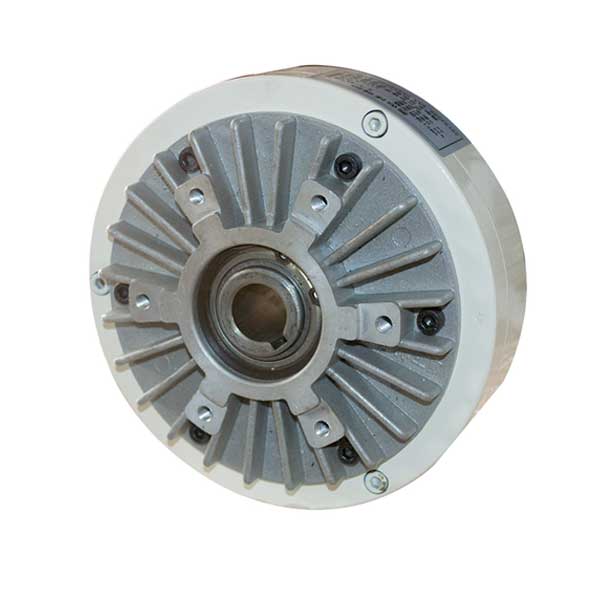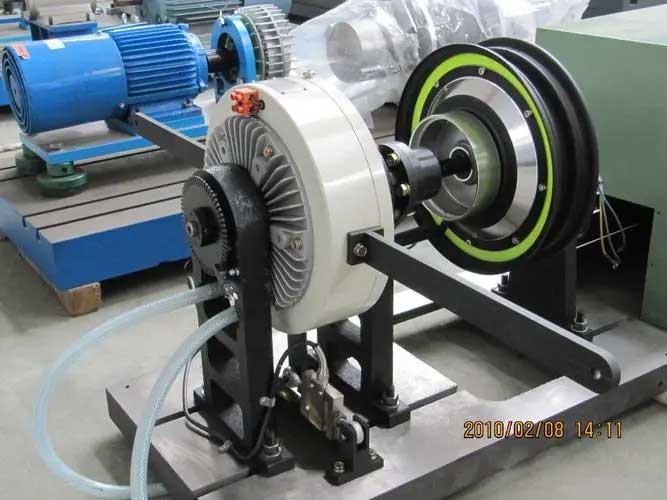Precautions 1#: First time using
Before using the magnetic particle brake for the first time, check whether the running part is flexible. If there is hysteresis and jamming, it may be due to the vibration during the transportation process, which makes the magnetic particle stagnate under the magnetic particle brake, causing the rotor shaft to fail to rotate. At this time, the magnetic particle brake can be flipped or tapped lightly with a wooden hammer, and then rotated by hand to loosen the magnetic particle until the rotation is flexible.
Precautions 2#: Install

When the magnetic particle brake is installed, the side flange screw hole is connected horizontally with the paper feeder, and its concentricity and verticality must be within the allowable range. The connection between the input shaft and the rotor shaft should ensure the smooth transmission of torque, and it is recommended to use axial elastic or flexible couplings.
After installing it in place, turn on the power. After confirming that the circuit is unblocked, the trial operation of the magnetic particle running in (that is, the acclimation test) is carried out first. Then the official process is carried out.
Precautions 3#: Working environment
Do not use magnetic particle brakes in environments with high humidity or oily dust. High humidity or oil dust in the working environment will cause oil or water to immerse into the inside of the magnetic particle brake: causing the magnetic particle to be damp. When the magnetic particle gets wet, the torque transmission performance will become unstable or even fail.
Precautions 4#: Operating temperature
The surface temperature of the magnetic particle brake under the working state of the brake should not exceed 80°C: if it exceeds this temperature, it should stop working and work after it cools down, otherwise, the service life of the magnetic particle will be greatly shortened.
Precautions 5#: Bearing
When the magnetic particle brake is working, the rotation resistance becomes larger and the torque fluctuates violently; and when there is a large noise, the internal bearing should be checked.
Precautions 6#: Maximum load
The working magnetic particle brake should not exceed its rated torque and maximum slip power.
Precautions 7#: Magnetic particle
The magnetic particle will age after a period of use. When the torque drops to 70% of the nominal torque or cannot be used, it can be regarded as the aging of the magnetic particle; the magnetic particle must be replaced. The newly used magnetic particle must choose the final magnetic particle. When loading, do not mix impurities or foreign matter.
Read More: Magnetic particle clutch Wikipedia
